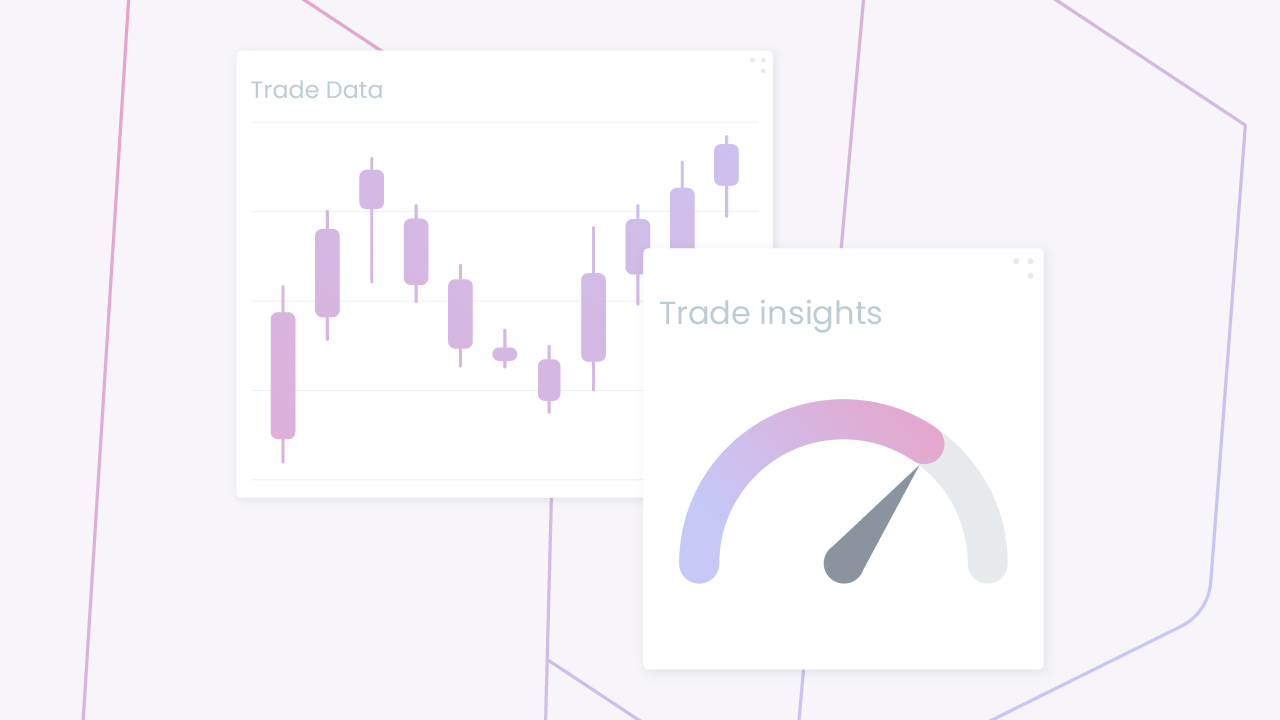Why Journaling Is a Trader’s Superpower
Trading without tracking is like flying blind.
Whether you’re a beginner or seasoned trader, the quality of your decisions is only as good as the feedback you collect. And that feedback lives in your journal.
A proper trading journal doesn’t just record trades, it reveals hidden strengths, exposes costly habits, and helps you evolve faster than any course or indicator ever will.
When you commit to tracking the right metrics, journaling becomes your edge.
What Makes a Journal Truly Effective?
Most traders know they should journal… but few stick with it. Why?
Because too many journals are either:
Too vague (“I felt good about this trade”)
Too messy (no consistency or review process)
Too detached (ignoring the psychological and strategic insight hiding in the data)
The solution is to treat your journal like a feedback machine. Log with structure. Tag trades smartly. Review regularly. When done right, your journal becomes a mirror of your process and your growth.
Below are 11 actionable methods to turn your trading journal into your most powerful performance tool.
1. Log Key Trade Metrics Consistently
Start with a consistent structure for each entry: asset, date, direction, entry/exit, and result. Without consistent data, insights are impossible.
Pros:
Clear structure builds actionable data.
Cons:
Takes discipline to log every trade properly.
2. Use Tags to Categorise Trade Setups
Tags (e.g. ‘breakout’, ‘news trade’, ‘London session’) help group similar trades so you can compare their performance easily over time.
Pros:
Helps identify which setups work best.
Cons:
Requires a well-thought tag system.
3. Track Win Rate by Strategy
Break down win rates by setup type, day of the week, or session. Knowing your best-performing strategy boosts confidence and cuts poor setups.
Pros:
Highlights your most consistent approaches.
Cons:
Can be misleading without enough trades per tag.
4. Monitor Risk-Reward Ratio
Tracking your average risk-to-reward ratio helps validate whether your strategy is mathematically sound—even if win rates are low.
Pros:
Validates edge beyond win/loss results.
Cons:
Easy to miscalculate without proper risk data.
5. Evaluate Entry and Exit Timing
Log how accurate your entries and exits are relative to price action. This sharpens timing and teaches you to avoid early/late entries.
Pros:
Refines precision for better execution.
Cons:
Needs chart review for meaningful conclusions.
6. Analyse Trade Duration Trends
Measure how long you hold trades. Patterns may emerge, e.g., shorter trades lose more, or longer holds create better results.
Pros:
Reveals how timing affects outcomes.
Cons:
Can be skewed by outliers (e.g., 1 huge trade).
7. Review Trading Volume & Frequency
Track how many trades you place daily or weekly.
Overtrading or inactivity are both red flags and need to be adjusted accordingly.
Pros:
Controls trading pace and consistency.
Cons:
Data is only useful if consistently tracked.
8. Incorporate Psychological Notes
Log your emotional state and behaviour.
A sudden drop in performance might align with fear, greed, or fatigue-revealed in your notes.
Pros:
Connects mindset with trading outcomes.
Cons:
Requires honesty and vulnerability in entries.
9. Use Filters to Spot Pattern Strengths
Use filters in your journal to isolate specific variables: e.g., only short trades during the NY session. Patterns become easier to validate.
Pros:
Makes large data sets digestible.
Cons:
Needs a journal tool that supports filtering.
10. Leverage Performance Dashboards
A good trading journal platform will visualise your P/L, setups, sessions, or psychological data with interactive charts and dashboards.
Pros:
Transforms raw data into visual insights.
Cons:
Dashboards vary in quality by platform.
11. Schedule Regular Weekly Reviews
Set a time every weekend to review your top 3 trades, worst 3 trades, and overall stats.
This habit makes improvement actionable and measurable.
Pros:
Prevents stagnation, ensures weekly learning.
Cons:
Requires time commitment and discipline.



